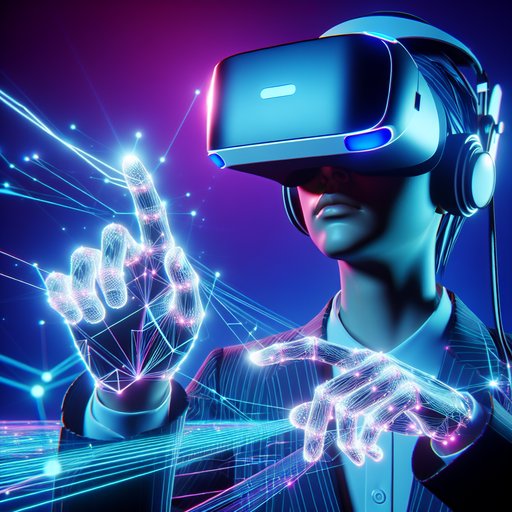
In a significant development for affordable electric vehicles, Ford has announced plans for a groundbreaking electric pickup truck that aims to revolutionize the EV market. The automaker is developing a new battery-electric platform that will debut with a midsize pickup truck, targeting a price point of $30,000 - a move that could make electric vehicles accessible to a broader range of consumers [1].

In a groundbreaking discovery, astronomers using the James Webb Space Telescope have identified mysterious "sleeping beauty" galaxies in the early universe, existing in places where scientists previously thought such dormant galaxies couldn't form. These findings are challenging our understanding of galaxy formation and evolution in the cosmic dawn era [1].

In a groundbreaking discovery that could revolutionize how we approach weight management and metabolic disorders, scientists at the Salk Institute have identified previously unknown microproteins that play a crucial role in fat cell development. Using the precision gene-editing tool CRISPR, researchers have uncovered these tiny molecular switches that could potentially lead to new treatments for obesity and related conditions [1].

Air France-KLM has confirmed a significant cyber attack affecting its customer data, marking another serious breach in the aviation sector. The airline group has warned customers to remain vigilant against potential follow-up scams that could exploit the compromised information [1]. This incident comes amid a wave of high-profile data breaches affecting major organizations worldwide.

Major telecommunications developments are reshaping Europe's digital landscape as carriers expand their 5G networks and manufacturers launch new compatible devices. Free Mobile in France and Fastweb-Vodafone in Italy have reported significant progress in their 5G rollouts, while several manufacturers have introduced innovative 5G-capable devices to meet growing consumer demand.

A series of significant battery technology improvements are reshaping the mobile device landscape this month, with major manufacturers unveiling new power solutions that promise extended usage times and enhanced efficiency. These developments represent a notable step forward in addressing one of the most persistent challenges in portable electronics - battery life.

Meta has revealed its latest breakthrough in virtual reality technology with a new prototype headset that aims to replicate human vision more accurately than ever before. While the device appears unusually large compared to consumer models, it represents a significant step forward in mixed reality capabilities, demonstrating Meta's continued commitment to advancing VR technology despite market skepticism [1].

In a significant advancement for mobile artificial intelligence, OpenAI and Qualcomm have announced a breakthrough partnership that will allow AI models to run directly on Snapdragon mobile processors. This development [1] marks a crucial step toward bringing sophisticated AI capabilities to smartphones and other mobile devices without requiring constant internet connectivity or cloud processing.

A wave of innovative gene therapy developments is transforming the landscape of eye disease treatment, with multiple companies making significant strides in addressing hereditary retinal diseases and diabetic eye conditions. Recent clinical trials and research initiatives are showing promising results that could revolutionize how we treat various eye disorders, potentially freeing patients from the burden of frequent medical interventions.

The James Webb Space Telescope has produced a remarkable new image that reveals over 2,500 galaxies in unprecedented detail, many of which are seen as they appeared during the universe's infancy. This latest observation revisits a famous region of space previously photographed by the Hubble Space Telescope, but with Webb's superior infrared capabilities, it provides new insights into the early cosmic era [1].
























